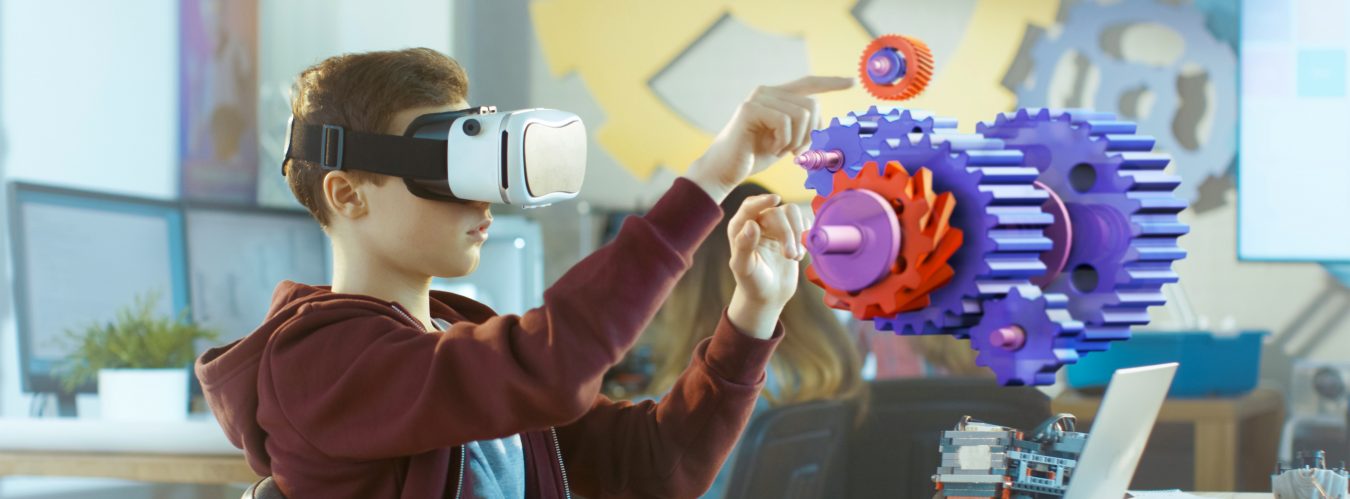My first day as an intern began with an informative roadshow event which worked to introduce and familiarise the many roles and responsibilities at the Education Services. It was exciting to see how changes are being made across higher education and also interesting to hear how future learning has been influenced (mostly for the better) by both covid19 and AI technology advancements.

At the event, there were some discussions on the topics of assessments, accessibility and student wellbeing. I could see that there was an effort to understanding the student experience when working to bring change. The work and design processes that goes into making student lives easier isn’t getting the recognition that it deserves. We often overlook such choices like colour use, image, typeface or digital editing processes. I’ve come to understand that in order to deliver a better flow of information, the university does aim to follow a set of guidelines. Such rules allow room for accessibility. Decisions made are not based on random aesthetic choices but are rather thought out to serve functional purposes.

I do feel that more could be done so that students actually make use of such digital content. A lot of useful resources go unnoticed by students who already receive so much information online. As a student myself, I know it can become overwhelming to receive almost all communications on multiple digital platforms. I think perhaps creating some form of physical element might aid the learning process?
It was actually mentioned by the digital learning team that there is a push for digital and professional skills to be taught within the curriculum. This change might be useful for students who otherwise might not have found the resources on their own, or might not have the time to access such content.
There were some thoughts and discussions in creating innovative and collective spaces. In a changing world, this was thought to be needed to support the learning process in a digital future. If such changes are not considered, this could in other respects create an isolating learning experience. I found this topic to be very interesting. Lecture rooms for example are seeing an absence of students. More students are favouring online learning as opposed to previous traditional ways of teaching. In a time and spaces that’s more convenient, students are able to watch seminar recordings. At the event, questions like – will we need seminar/lecture rooms in the future? Created some concerns, suggesting that this change might be detrimental on a social level. The meaningful conversations that were once present in such collective spaces might be prevented by such changes.
Overall, I feel that the event (first time ever hosted) was very well organised. I got to meet some of the lovely individuals who worked in the Education Services. I even came across the JISC Discovery tool which I found to be insightful as it gave me skills to work on. It was great to see how things are done at the university in a routine and perspective different from that of a students. For me, as a graphic arts student, it was especially important to see and learn how content can be made more accessible – both in the digital and traditional mediums in design.


